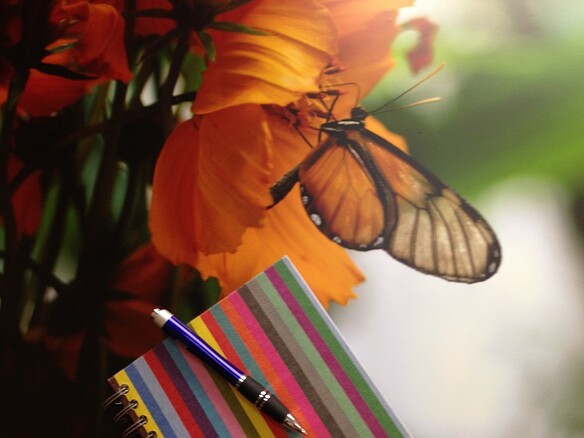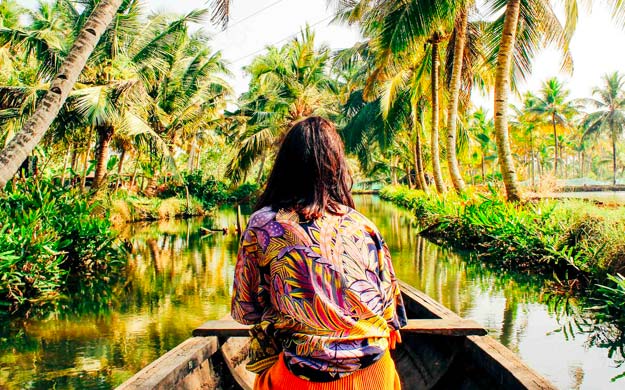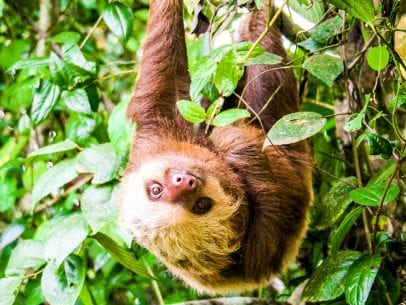
The Bird’s Word Blog
Why I Write When I Travel

Teacher, poet and essayist Hannah Ensor, leader of Journeys’ Writing Our Way Into Costa Rica, shares her thoughts on the natural partnership between travel and writing.
“I strongly believe that when we create back at the beauty in the world, we participate in it fully; when we create, we engage with the world and with ourselves.”
I write when I travel. I take a notebook with me and I keep it out, ready to write three words, five words, even five-hundred words at a time. Why do I do it? Because our human response to beauty is creative: when we encounter something remarkable, we want to be remarkable back at it.
I strongly believe that when we create back at the beauty in the world, we participate in it fully; when we create, we engage with the world and with ourselves. We live our lives fully attuned to the revelations and the details and the quirks that life is willing to give us. We let our will and our desires collaborate with the bare facts of our surroundings.
Being active in the world—one definition for “creativity”—is always the goal. It is, of course, especially the goal (and, in some ways, especially easy!) when we are in a new—temporary—startling and stunning—place.
I recently read an article called “To Instagram or Not To Instagram?” which reflects upon “a study that found people were less likely to remember artwork they saw in a museum if they photographed it.” Now, of course, this is talking about snapshots—a little tap on a smartphone screen—and is not intended to malign photography or the value of visual note taking. Indeed, the study found that when people were assigned to photograph specific details—demanding, in that case, that they attend more fully and with focus to an artwork—they remembered the art better than the people who were not directed to photograph it at all.
In other words, people remembered worst when simply asked to photograph an image. They remembered better when they looked at it. And they remembered best when they went in with an active task: photograph that statue’s left toe, photograph the smudge just above center of that painting. Things get into your brain better when you engage with them. When you’re flipped to the “on” position.
Writing is a practice, and like most other practices, it changes the shape of our brain. Writing and living move closer and closer to each other as we practice. After as little as a day or two, and with a little opening to the possibilities, the practice expands to fill the space, and we begin participating in the world more fully.
Art-making for me is close to how Pico Iyer describes travel. For him, travel—and for me, writing—is “about the conspiracy of perception and imagination.” Writing does not imitate the world nor does it make a false version of that world; it creates it. It creates us. We are what we perceive, and we go where our attention, our curiosity, and our good will go.
When we write as we travel, we bring ourselves into a place of abundance: the abundance of our minds meeting the abundance of the landscape, the abundance of the people we meet, of the food we taste. John Milton once described a forest as “a wilderness of sweets.” When I think of a travel notebook, I think of buzzing, living things that smell like the places they’ve been (Ralph Waldo Emerson: “My book should smell of pines and resound with the hum of insects”). I think of making and living and bringing into lives our own wildernesses of sweets.

Design an adventure with Journeys International!
With over 40 years of experience, we create experiences that match your goals.
Start Planning

